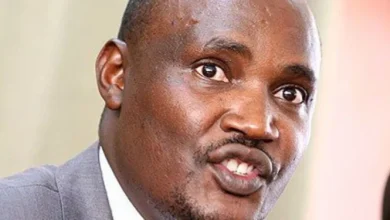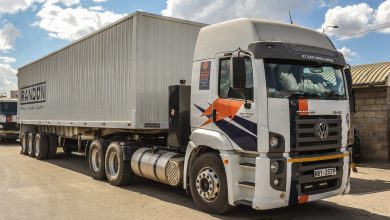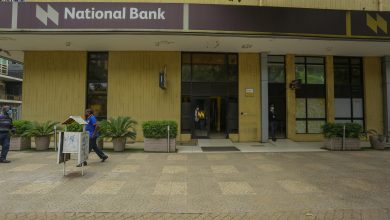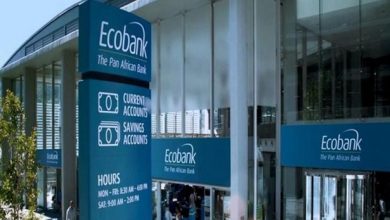OPED-The Key to Kenya’s Continued Growth is Economic Dynamism
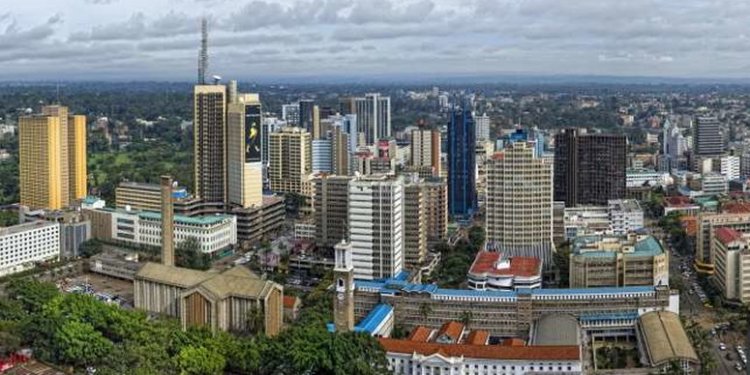
In the face of ongoing challenges and interruptions of economic affairs in the country, there might be a tendency to think Kenya has lost its momentum. The shortest response I can tell anyone looking at Kenya is, we are going to bring the country into its economic standing.
There are vast opportunities to uplift the standard of living of a country’s citizens when the system is well-functioning, and that is all we want by the end of the day.
A brief look at Kenya’s economic history Since its independence in 1963, Kenya’s real Gross Domestic Product (GDP) per capita has been steadily increasing, even in the face of economic challenges.
By inviting multinational corporations, public investments, encouraging agricultural production and aiming to be a regional hub, Kenya was able to play a part in the regional development while also enabling the inflow of ideas that would later boost national productivity and gross domestic product including in the financial sector.
As it went through good times in the 1960s- 70s, major infrastructure projects led the country’s economy to its peak. In the 1980s the country underwent an economic glitch with reduced infrastructure investments, soaring inflation and deficit in government budget, coupled with heavy national debt and fiscal measures. GDP growth dropped 2 points compared to the previous rate of 7% since independence. Substantial improvements in living standards were achieved, despite the worst drop to 0 points in 1992-93.
Political uncertainties, massive credits, suspension of balance of payment, adverse exogenous shocks and economic policy reversals were a few of the reasons for this, not to forget the challenges of the then government in budgetary management and mismanagement of the public enterprise sector.
Kenya has since made economic reforms through stabilization programs, liberalization of sectors, encouraging fiscal and monetary policies, reduction of spending and re-establishment of stability in the financial system until the 2000s.
With one of the iconic leaders, the late presidency under Mwai Kibaki, an economist with an indelible legacy, sailed the country to highs and lows. I recall a few struggles in 2002, when GDP was less than 1%. The growth pillars of the economy post this was built on education, health, and infrastructure. Huge infrastructure saw huge borrowings and the current account deficit was wanting.
Economic meltdowns were felt once again during 2007/2008, Kenya was just coming from a 4% growth to 0.28%. The economy revived to 5% again in 2011/2013 and further to 5.1%.
Like all other countries in the globe, Kenya was hit by the Covid-19 (C-19) pandemic in 2020 shrinking the GDP by 3 points before the pandemic. The country under the presidency of Kenyatta managed to take some fiscal measures to curb deterioration of key economic elements such as SMEs, albeit the debt distress with widening of current account deficit and increased government expenditure.
Kenya’s GDP per capita using purchasing power parity in 2019 was 52% US$3 466 moving to 32% (US$ 5,700) in 2023 [S: World Bank]. In my view, if there are no more disruptions, we may hit over US$ 7,000 GDP per capita by 2043 by the end of the AU 10-year implementation plan of Agenda 2063.
Past is PrologueFast forward, while the current conflation of economics of uncertainty and unprecedented events are happening in Kenya, it’s worth knowing that we’ve been through this before. We can learn a lot from downturns and recoveries of the past decades. Despite the state of Stagflation, as a country, we have also invested in many areas to ensure consistent economic growth. I encourage all investors to even invest further in our country, Kenya than never.
The country has the fuel to take it to the next level. Despite the current development challenges, recent riots on a contentious ousted tax bill, which has seen many Kenyans call for the government’s swift action on several matters, there is hope in the horizon for our country. The Kenya we want under even the current regime is a Kenya that reflects on what people are saying and run by people who are real patriots of the country.
The presidency, the executive and the judiciary are key offices, but they can only function if we are all accountable. The president alone cannot bring change, a team of selfless civil servants, leaders and executors of good policies are needed.
Clearly, we have a rapidly growing population and a country to run, that is coupled with mismanagement of funds, anarchy from some key government agencies which have created misrule in serving the nation. We also have many Kenyans living in extreme poverty that need to survive. It has become a survival for the fittest affair and to contain this we need accountability and tough cut through leadership. Hijacking the country from within and letting the president down is what some politicians have mastered in the recent past.
We need to move forward as one in Kenya, but how can we achieve economic dynamism in the face of all challenges?
Why Kenya is Ripe for Economic DynamismAs Prof Hoon from the School of Economics in SMU defines economic dynamism, is as “a society’s ability to marshal together different stakeholders – the citizen workforce, businesses, and government – who possibly have divergent interests, to take advantage of economic opportunities while maintaining social cohesion and a stable political equilibrium”. He highlights how Singapore has managed to mitigate negative external shocks in the past.
By any measure, Kenya’s country’s economic record is impressive compared to the regional economies, but it all feels like we are at a standstill. We have seen government plans such as vision 2030 evolving through the medium-term plans, including the last “big four agenda” that focused on achieving the social and economic pillars of our Vision 2030 and the development aspirations espoused in the Kenyan Constitution.
However, since 2022, many Kenyans have not seen any tangible programs, reforms and not even aware of what our present government stands for? Is increasing tax and going after hard-working citizens of the nation the only way to correct the historical injustices without corrective measures or accountability? The answer is a big no!
Economic growth is still possible to achieve during these challenging times. We need a well-functioning government and its institutions. We can achieve economic dynamism by focusing on business, education and economic policy. We need to
(i) to adopt policies aimed at economic inclusion and combating income inequality;
(ii) invest heavily in education to increase the quantity and quality of human capital;
(iii) create a business-friendly environment to support business enterprises and increasingly use technological diffusion;
(iv) be brutal in dealing with uncouth people in public offices who create inefficiencies and misrule in the public sector.
(v) development interventions and across the counties with accountability
(vi) reduce duplication of government agencies in the country.
There are vast opportunities to uplift the standard of living of the country’s citizens, but we need a well -functioning government and its institutions.
The opinions expressed in this article are the contributor’s own and do not necessarily represent The Kenyan Wall Street’s editorial stance.
Wambua Mutua is a Global M&A and Strategic Business Partnerships Expert and a Financial Economist from Kenya. His research interests are in Macroeconomics, International Economics, Investments & Capital Markets, Development and Growth. Several of his opinion pieces are in mergers, acquisitions and growth strategies of businesses in the private sector.
